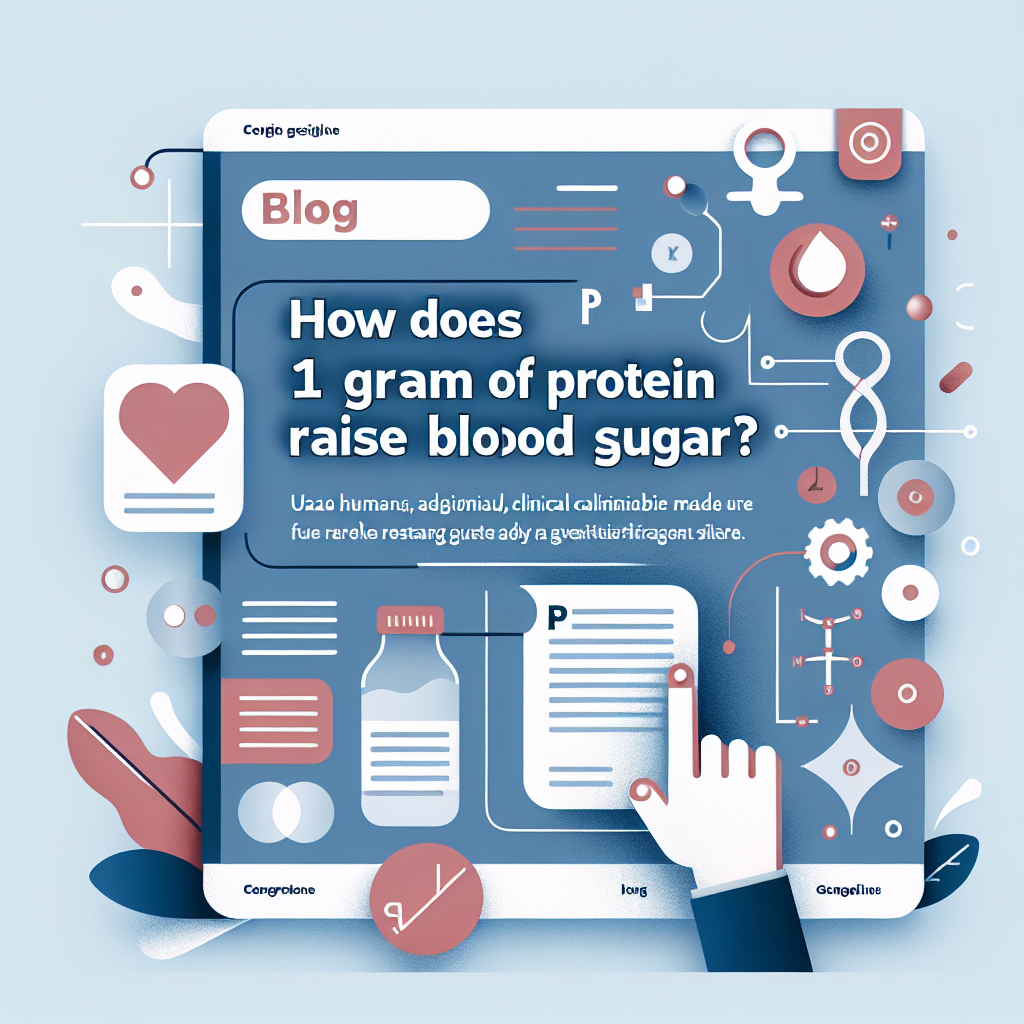Many people with type 2 diabetes ask, is steak good for diabetics when building a balanced eating plan? The short answer is: it can be — in moderation and prepared wisely. Steak provides high-quality protein and important nutrients like iron and B vitamins, but portion size, cooking method, and overall dietary patterns determine whether it supports blood-glucose control or raises other health risks.
Is steak okay for people with diabetes?
When deciding whether steak fits into your meal plan, think about portion (aim for 3–4 ounces cooked), frequency (a few times a week at most), and what you pair it with. Lean cuts such as sirloin or flank steak trimmed of visible fat are better choices than fattier ribeye. Proteins slow digestion and blunt blood-sugar spikes compared with carbohydrate-heavy meals, but saturated fat and processed red meats may increase cardiovascular risk, which is a major concern for people with diabetes.
Nutrition, portioning, and practical tips
A 3-ounce serving of lean steak contains roughly 20–25 grams of protein. To keep meals balanced, combine steak with non-starchy vegetables and a modest serving of whole grains or legumes. Avoid heavy sauces and deep-frying. Grilling, broiling, or pan-searing with a small amount of healthy oil preserves flavor without adding excess calories. Use herbs, citrus, and vinegar-based marinades instead of sugary glazes.
Is red meat bad for diabetics — what the evidence says
Some large observational studies link high intakes of red and processed meats with a higher risk of type 2 diabetes and heart disease. The concern centers on saturated fat, heme iron, and compounds formed during high-temperature cooking. That doesn’t mean you must eliminate red meat completely, but frequent consumption of processed red meats (sausages, bacon, cured deli slices) is best limited. Choosing lean cuts and keeping servings controlled helps reduce risk.
Comparing options: is chicken good for diabetics and what about lunch meats?
Poultry such as skinless chicken or turkey can be excellent lower-saturated-fat alternatives that still deliver protein. Asking “is chicken good for diabetics?” — yes, especially when baked, grilled, or poached and combined with vegetables and whole grains. For convenience, many people consider deli meats; if you’re searching for the best lunch meat for diabetics, pick minimally processed, low-sodium turkey or chicken breast and avoid high-sodium, high-fat processed meats. Always read labels for added sugars, sodium, and preservatives.
Meal ideas and swaps
- Steak salad: thinly sliced lean steak over mixed greens, colorful veggies, and a vinegar-based dressing.
- Steak and veg bowl: 3–4 oz steak + roasted non-starchy vegetables + small portion of quinoa or beans.
- Swap night: replace one weekly steak meal with grilled chicken, fish (rich in omega-3s), or a plant-based protein like lentils.
For people exploring structured dietary approaches to lower blood sugar or support weight loss, you might also find guided programs and clinical studies helpful; one example looks at intensive low-calorie interventions for reversing type 2 diabetes and can provide context for how major dietary shifts affect glucose control: NHS soup-and-shake diet study.
Nutrition guidance from public health bodies emphasizes balanced meals and portion control for diabetes management. For practical meal planning principles, see recommendations on eating well for diabetes from a trusted public source: CDC — Eating well with diabetes.
Practical safety tips
- Limit processed red meats and keep overall red meat to moderate amounts (e.g., a few servings per week).
- Choose lean cuts, trim fat, and use cooking methods that limit charring and added fats.
- Balance your plate: half non-starchy vegetables, one-quarter lean protein, one-quarter whole grains or starchy veg.
When to consult a professional
If you have kidney disease, advanced heart disease, or are working on significant weight loss, a registered dietitian or your diabetes care team can tailor recommendations about red meat, protein targets, and timing of meals relative to medications and insulin.
- Takeaways:
- Lean steak can be part of a diabetes-friendly diet when eaten in moderation and balanced with vegetables and whole grains.
- Aim for smaller portions (3–4 oz cooked) and limit processed red meats.
- Chicken and other lean proteins are good alternatives; choose minimally processed options for lunch.
- Work with your healthcare team to personalize choices based on meds, cholesterol, and kidney health.
Is occasional steak likely to spike my blood sugar?
Not typically. Protein and fat slow carbohydrate absorption, so steak alone has minimal immediate effect on blood glucose. Spikes happen when steak is paired with starchy sides or sugary sauces. Monitor your own response if you use glucose monitoring.
How often should someone with diabetes eat red meat?
Many experts recommend limiting red meat to a few servings per week and minimizing processed red meat. Focus on variety — include poultry, fish, legumes, and plant proteins to reduce cardiovascular risk and support overall health.






